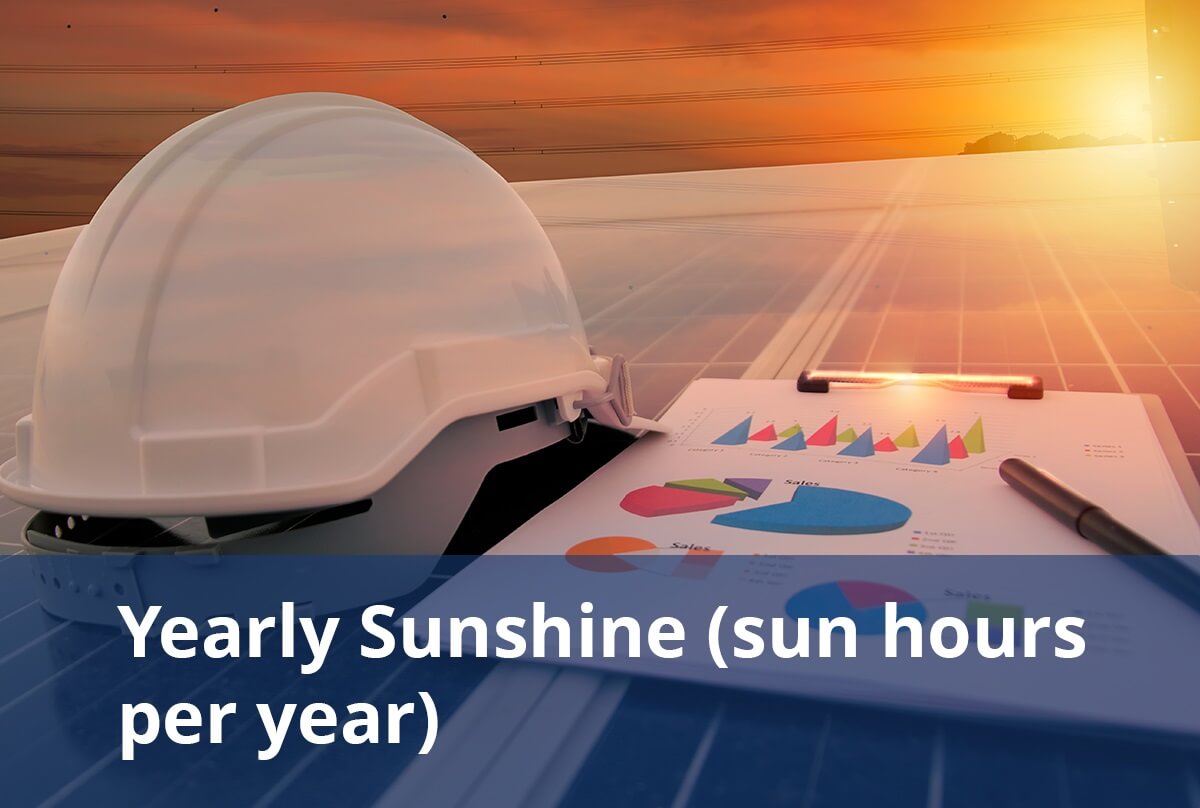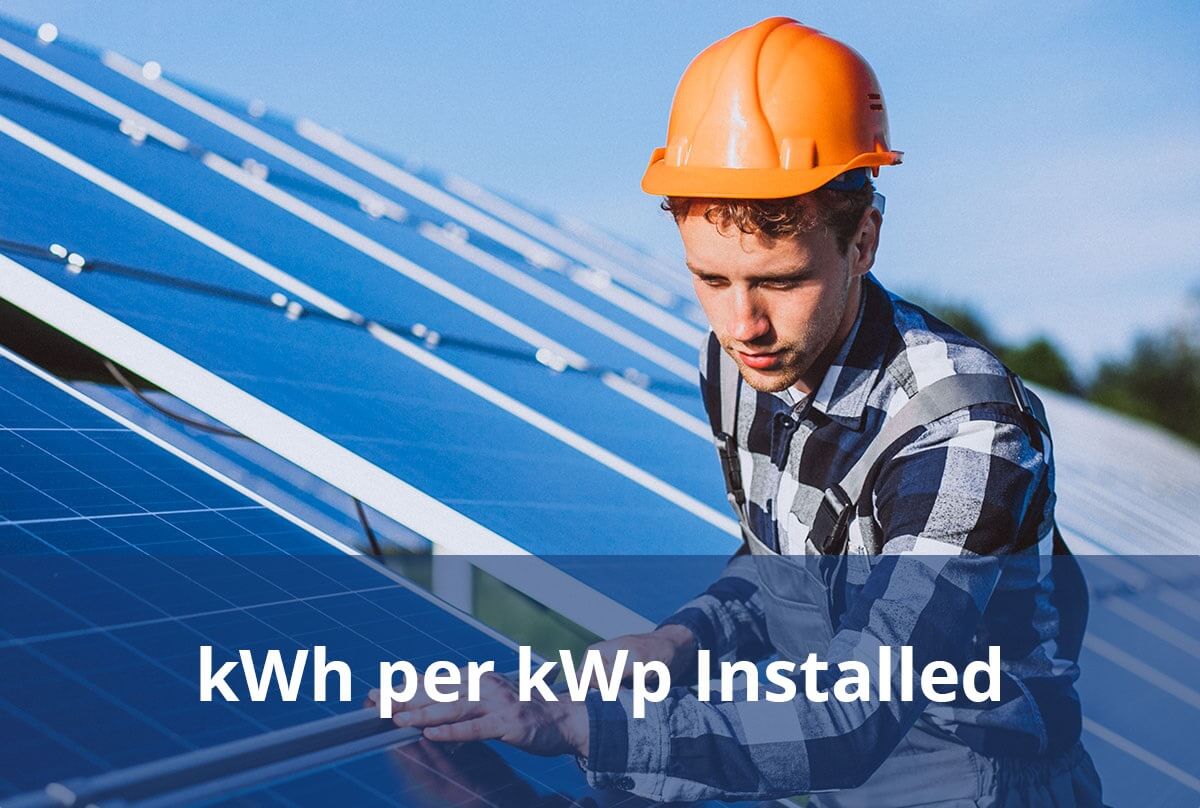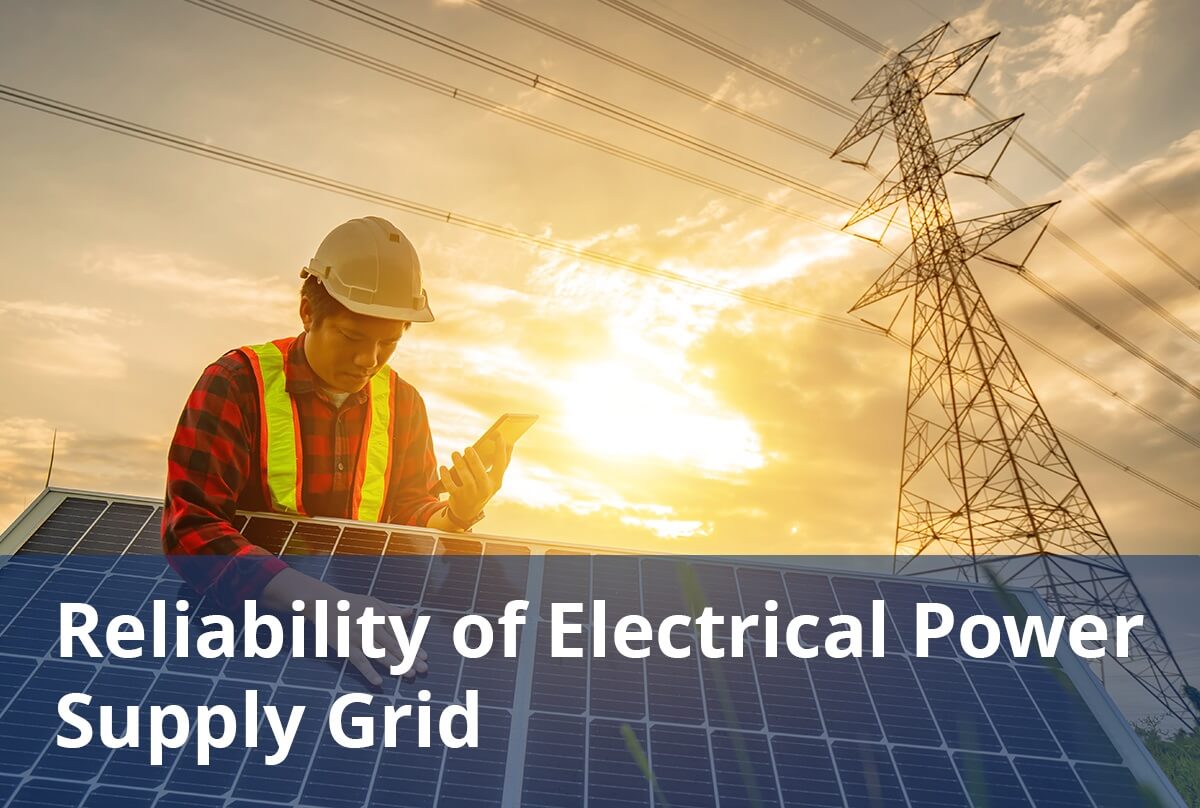Discover comprehensive insights into the statistics, market trends, and growth potential surrounding the solar panel manufacturing industry in South Sudan
- Climate top. (2024). Sunshine & daylight hours in Juba, Sudan. Retrieved from https://www.climate.top/sudan/juba/sunlight/
- Solargis (2021). Solar resource maps of South Sudan. Retrieved from https://solargis.com/resources/free-maps-and-gis-data?locality=south-sudan
- The World Bank. (2021). South Sudan electricity sector diagnostic. Retrieved from https://rise.esmap.org/data/files/library/south-sudan/Electricity%20Access/South%20Sudan_Electricity%20Sector%20Diagnostic_2021.pdf
- Thiak, S., & Hira, A. (2024). Strategic options for building a new electricity grid in South Sudan: The challenges of a new post-conflict nation. Energy Research & Social Science, 109, 103417. https://doi.org/10.1016/j.erss.2024.103417
- Power Technology, (2024). Power plant profile: Ezra Juba Solar PV Park, South Sudan. Retrieved from https://www.power-technology.com/data-insights/power-plant-profile-ezra-juba-solar-pv-park-south-sudan/
- Gigawatt Global. (n.d.). Retrieved from https://gigawattglobal.com/
- PVknowhow. (2024). Aptech Africa installs 2.4MW solar PV systems in South Sudan. Retrieved from https://www.pvknowhow.com/aptech-africa-installs-2-4mw-solar-pv-systems-in-south-sudan/
- PaciloTar. (2018). South Sudan sets up its first 20MW solar farm near Juba. Retrieved from https://pacilotar.com/news/view/3
- U.S. Energy Information Administration (EIA). (2024). South Sudan. Retrieved from https://www.eia.gov/international/analysis/country/SSD
- World Bank, Republic of South Sudan. (2013). Electricity sector strategy note for South Sudan. Retrieved from https://documents1.worldbank.org/curated/en/354201468102894108/pdf/ACS35850ESW0P10377315B00PUBLIC00ACS.pdf
- U.S. Agency for International Development (USAID). (n.d.). South Sudan Power Africa fact sheet. Retrieved from https://2012-2017.usaid.gov/powerafrica/south-sudan
- Chandak, P. (2023). Aptech Africa completes 26MWp solar panel installation in Juba, South Sudan. Retrieved from https://solarquarter.com/2023/09/25/aptech-africa-completes-26mwp-solar-panel-installation-in-juba-south-sudan/
- Timecap. (2024). Average Salary in South Sudan? Retrieved from https://www.timecamp.com/average-salary/south-sudan/
- Worldometer. (n.d.). South Sudan population. Retrieved from https://www.worldometers.info/world-population/south-sudan-population/
- A Consultant. (n.d.). Office space for rent in Juba. Retrieved from https://access-consults.com/product/office-space-for-rent-in-juba/
- MED. (2017). Power sector in South Sudan. Retrieved from https://www.africanpowerplatform.org/resources/reports/central-africa/south-sudan.html
- United Nations South Sudan. (2022). A green and clean future beckons for South Sudan. Retrieved from https://southsudan.un.org/en/185253-green-and-clean-future-beckons-south-sudan
- ReliefWeb. (2020). Solar for agriculture: Empowering farmers in North Sudan. Retrieved from https://reliefweb.int/report/sudan/solar-agriculture-empowering-farmers-north-sudan
- Sungate Solar Ltd, , (2023), Wanyjok Micro-grid Project – Retrieved from https://www.sungatesolarsolutions.com/project/wanyjok-micro-grid-project/
- Power Technology, (2023), Power plant profile: Ezra Juba Solar PV Park, South Sudan Retrieved from https://www.power-technology.com/data-insights/power-plant-profile-ezra-juba-solar-pv-park-south-sudan/?cf-view











